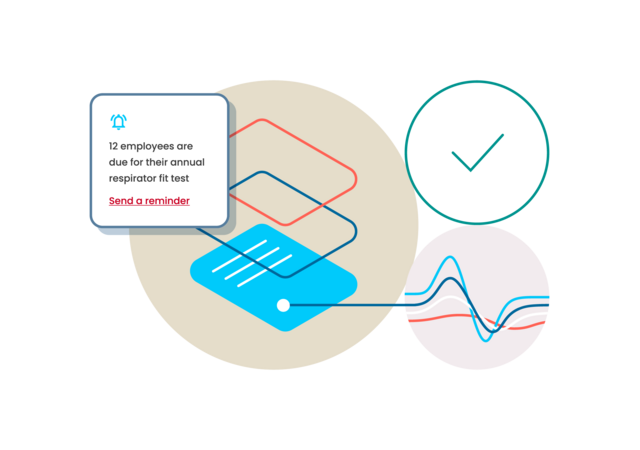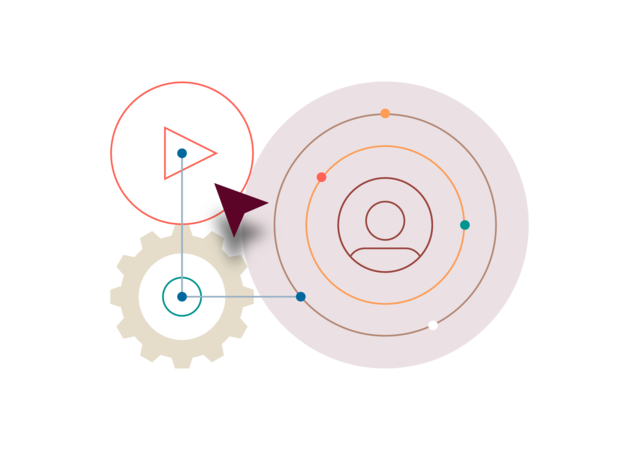May 8, 2023
When the American Recovery and Reinvestment Act asked healthcare professionals to start recording their medical records electronically to improve patient care, offices all over the United States went from paper to digital.1
Since then, electronic medical records (EMRs) have revolutionized how healthcare systems manage patient data. They simplify keeping track of vast amounts of information and quickly provide appropriate billing insurance options when we need them. However, privacy and security still prove challenging when an injured employee might also be a patient at the facility. The line that separates occupational and personal health is not always clear.2
The Americans with Disabilities Act protects patient data and requires employers to keep medical information confidential. The Occupational Safety and Health Administration (OSHA) protects the workplace, and the Health Insurance Portability and Accountability Act (HIPAA) safeguards personal physical and mental health information from unauthorized disclosure. The HIPAA Security Rule designates how to store this data.3,4
Employers must make reasonable efforts to minimize disclosures and secure sensitive personal health information. However, effective management of general and occupational health records with cloud computing software in line with current guidelines can prove tricky when documenting health insurance claims, workers’ compensation, injury treatment and management, screening exams, medical surveillance, wellness/health promotion, and outpatient rehabilitation while also keeping records accurate and available when requested.5
Accidentally duplicated records, changing privacy settings and manual data input complicate keeping the two types of medical data separate and can easily lead to inaccuracies and privacy breaches. Recent hacks and ransomware crimes highlight the need for hard data, regulatory compliance references and top-line information security measures. In addition to the difficulty of managing the many different types of records properly, organizations must also secure health information exchanges (HIEs), patient portals and external reporting repositories.
Maintaining personal health and occupational health information in a single EMR — particularly one allowing users to view anything and everything contained therein — violates state and federal regulations. Comingling employee and occupational health-related records with general patient data can easily expose personal health information to anyone with access.
Suppose a patient believes their health data will be shared or linked without their knowledge. In that case, they may conceal information due to a lack of confidence in the system’s security, compromising their treatment. Emergency or primary care doctors shouldn’t be able to look at your employment records, and vice versa. Imagine that a young employee takes a stress test for their job, but it’s not a standard test for someone their age. This test is recorded in the organization’s EMR, and the insurance carrier later somehow acquires it, causing the employee undue hardship. Without context, the patient is flagged for having had this exam, causing legal and ethical complications. Situations like this highlight the importance of keeping confidential information within the appropriate systems.6
EMRs are a big investment and can be expensive to implement and maintain. While it may seem practical to merge all medical information into one system due to a desire to consolidate software and save money and implementation time, doing so could come with significant risks, liabilities and reduced employee confidentiality.
When purchasing EMR systems, consider how quickly you can update the system to keep pace with regulatory changes and if it can manage the specific clinical, legal and financial aspects of occupational health. You will also need it to segregate different types of health records with varying rules of access, use and disclosure as needed.
Electronic medical records have had an immense impact on patient data management. However, most EMR systems do not fundamentally distinguish between which data is work-related and subject to employment law, and which data is protected health information.7
Aside from the privacy advantages of using a designated system for occupational health, you can gain a holistic view of your patients, easily track employee health records, manage exposure incidents and monitor compliance while quickly generating reports and analytics to identify trends and risks within your organization.
UL Solutions creates powerful tools that streamline patient information recording during clinic visits and offer company-specific protocols to support healthcare providers in complying with the latest regulatory requirements.
Contact the experts at UL Solutions to learn more.
Citations
- American Recovery and Reinvestment Act
- Access to Employee Exposure and Medical Records
- The Privacy and Security of Occupational Health Records
- HIPAA Security Rule
- Guidance on HIPAA and Cloud Computing
- Ethical Issues in Electronic Health Records
- Electronic Health Records: Then, now, and in the future
Get connected with our sales team
Thanks for your interest in UL's products and services. Let's collect some information so we can connect you with the right person.




